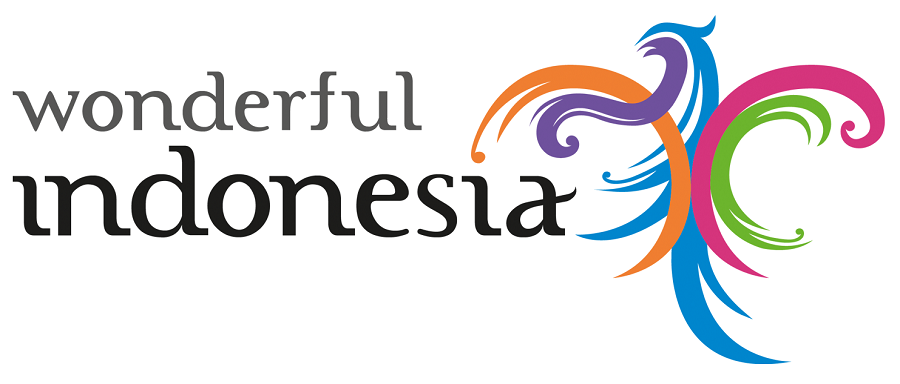By Derek M. Shaw
Most people who have jobs and monthly bills that exceed their monthly income can qualify for Columbus Chapter 13 bankruptcy protection.
One of the first things I do when working with my Ohio Chapter 13 bankruptcy clients is walk them through the following five questions to firmly establish bankruptcy eligibility.
Question 1. Who Needs Bankruptcy Protection?
The first question I ask is whether my client is seeking bankruptcy process as an individual or for themselves and their spouse. The court will require all household income to be disclosed. Depending on if an individual is filing single or jointly will help us determine the best course of action and find out how your budget will look.
Question 2. Do You Have Steady Income?
Individuals and married couples must receive or have access to adequate income in order to qualify for Chapter 13 bankruptcy protection. Going through this process does not automatically eliminate debts. Rather, it concludes with the court approving a financial reorganization plan that ensures creditors receive accepted payments while leaving the debtor enough money to pay for housing, meals, and other daily living expenses.
Qualifying income can come from one or more of the following sources:
- Regular or seasonal work
- Commissions on sales
- Pension or Social Security payments
- Disability benefits
- Unemployment benefits
- Rents
- Child and spousal support
Question 3. Have You Filed Federal Tax Returns for the Past 3-5 Years?
A person can enter the Chapter 13 process while owing back taxes, but he or she must have filed timely and accurate federal income tax returns.
For at least two reasons, it will also help to have all state and property tax filings up to date and in order. First, only some tax obligations will be forgiven under Chapter 13. Second, properly preparing tax returns makes it easier to comply with all the financial records needed for a bankruptcy filing.
Question 4. How Much Do You Owe in Total?
Currently, Chapter 13 bankruptcy protection is available only to individuals or married couples who owe less than $1.6 million in total. Federal guidelines break this down into a large amount of secured debt, such as home and car loans, and a much smaller amount of unsecured debts, such as medical bills and credit card balances. The totals change each year, so I make sure that my Columbus, Ohio, Chapter 13 bankruptcy clients know the applicable limits.
Question 5. Have You Received Chapter 13 Bankruptcy Protection in the Past?
The court sets specific time limits between when individuals can refile a bankruptcy. If an individual files a chapter 13 in the past, the individual can file another Chapter 13 4 years after the filing date. Due to the fact that most Chapter 13 cases last 5 years, this is rarely an issue. Chapter 7 or Chapter 11 bankruptcy have different timing limits, but those vary depending on whether a discharge was granted and what type of case was filed initially, for example, a Chapter 13 case first, then a Chapter 7. (6 Years).
About the Author: Sonia Walker is the Colubus based bankruptcy attorney helps residents of Ohio navigate the personal bankruptcy process and guides them toward rebuilding their credit and finances.












Comments